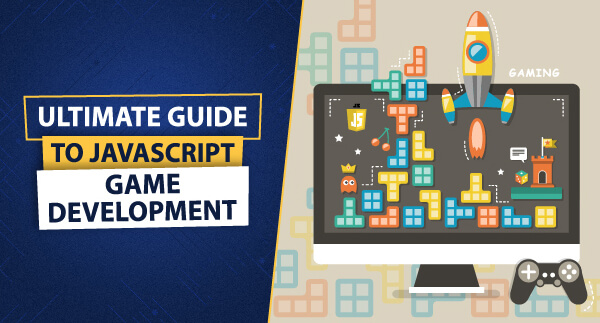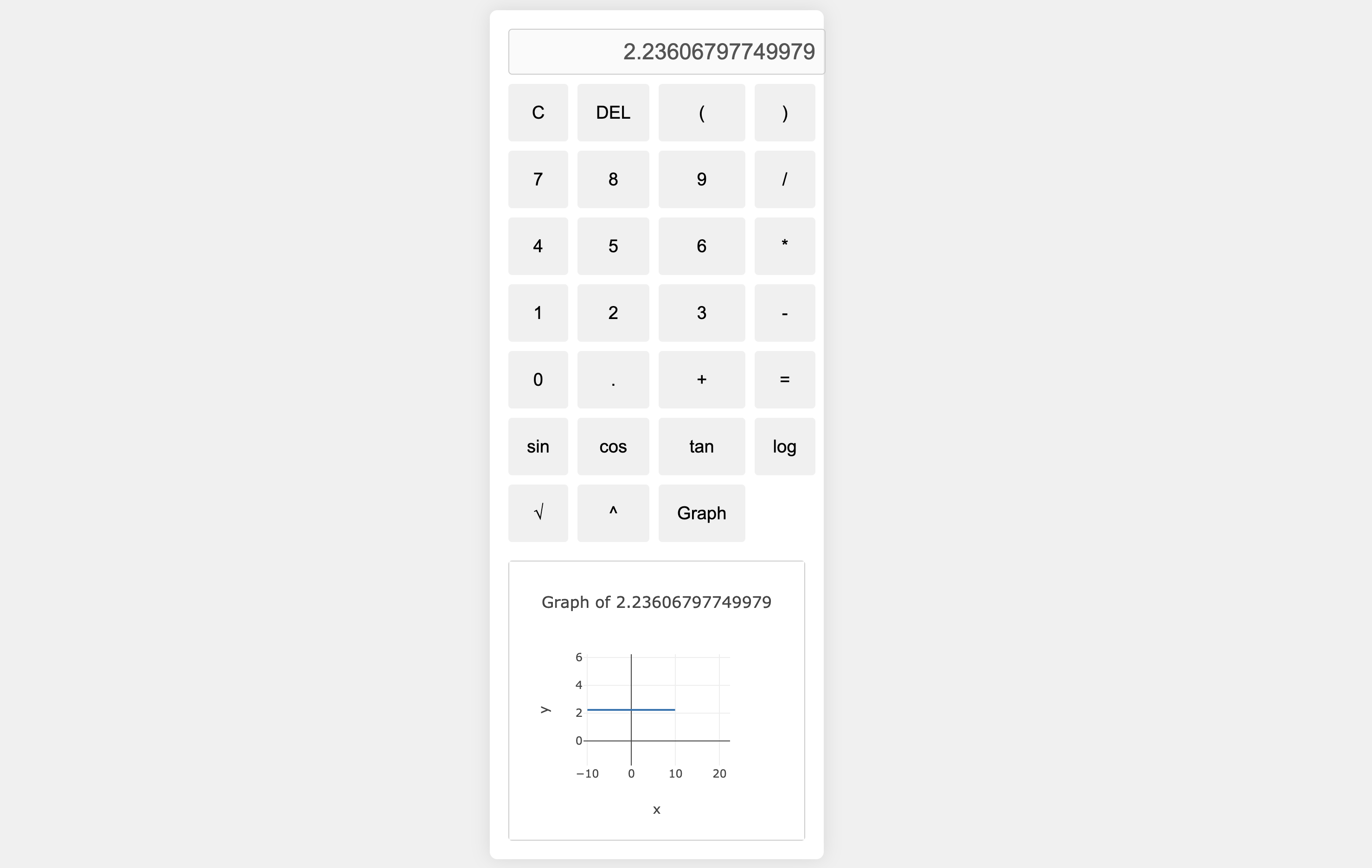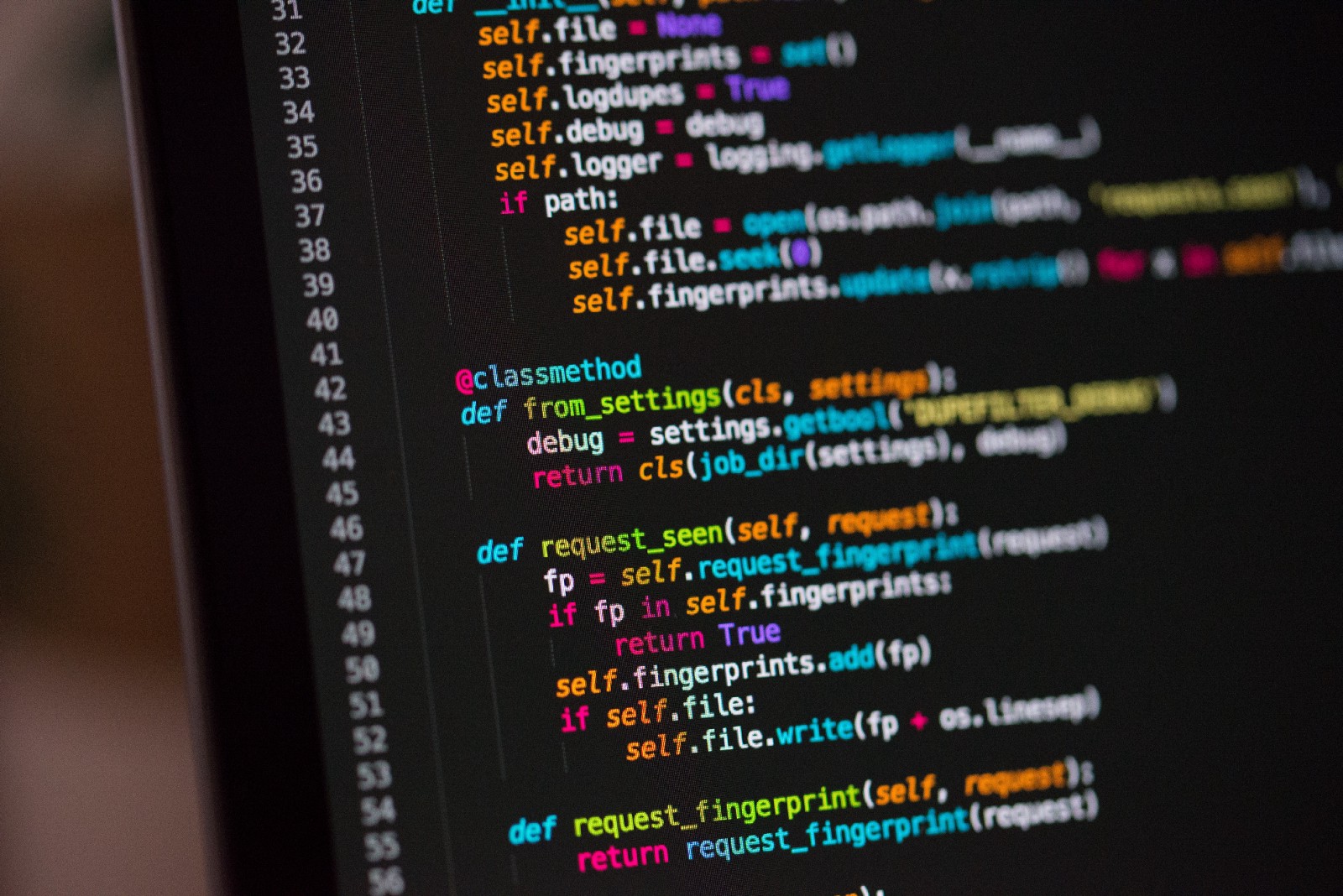Category: Web Development
-

Appendix: Resources for Young Game Developers
•
Useful Websites and Tutorials In this appendix, we compile a curated list of resources tailored for young game developers looking to expand their skills and knowledge in game development using JavaScript, HTML5, and CSS. Online Learning Platforms: Game Development Tools and Engines: Online Communities and Forums: Educational Websites: YouTube Channels:…
-

Chapter 12: Bonus Projects
•
Making a Puzzle Game In this chapter, we delve into the creation of a puzzle game using JavaScript, HTML5, and CSS. Puzzle games are engaging and offer a variety of challenges that can captivate players of all ages. Let’s explore how to conceptualize and develop a basic puzzle game. Conceptualizing…
-

Chapter 11: Sharing Your Game with the World
•
Hosting Your Game Online Once you’ve developed and polished your platformer game, the next step is to make it accessible to players worldwide by hosting it online. This chapter covers the process of hosting your game using various platforms and services. To begin, prepare your game files for deployment. Ensure…
-

Chapter 10: Polishing Your Game
•
Creating Menus and Buttons In game development, menus and buttons are crucial for enhancing user experience and providing navigation within your game. This chapter focuses on implementing menus and buttons using JavaScript, HTML5, and CSS to polish your platformer game. To begin, set up your HTML file (index.html) to include…
-

Chapter 9: Keeping Score: Adding Game Logic
•
Creating a Scoring System In game development, a scoring system adds depth and motivation for players to engage with your game. This chapter focuses on implementing a basic scoring system using JavaScript and HTML5 <canvas> for your platformer game. To begin, set up your HTML file (index.html) with a <canvas>…
-

Chapter 8: Building a Platformer Game
•
Designing Game Levels In game development, designing game levels is a critical aspect that influences player experience and engagement. This chapter focuses on how to design engaging and challenging levels for a platformer game using JavaScript and HTML5 <canvas>. To begin, conceptualize the layout and structure of your game levels.…
-

Chapter 7: Graphics and Sounds
•
Adding Images to Your Game In this chapter, you’ll explore how to enhance your game by integrating images using JavaScript and HTML5 <canvas>. Adding images can significantly enrich the visual experience of your game, making it more engaging for players. To get started, ensure you have a set of images…
-

Chapter 6: Level Up: Adding Complexity to Your Games
•
Using Functions to Organize Code As your games become more complex, organizing your code becomes essential for maintaining clarity and efficiency. This chapter explores how to use functions in JavaScript to structure and modularize your game code effectively. Start by setting up your HTML file with a <canvas> element where…
-

Chapter 5: Interactive Fun: Responding to User Input
•
Handling Keyboard and Mouse Events To make your games interactive and responsive, you’ll use JavaScript to handle keyboard and mouse events. User input such as key presses and mouse clicks allows players to interact with your game, control characters, and trigger actions. Understanding how to handle these events is essential…
-

Chapter 4: Making Things Move: The Basics of Animation
•
Understanding the Canvas Element To bring movement and animation into your games, you’ll need to use the HTML5 <canvas> element. This element provides a space on your web page where you can draw and animate graphics using JavaScript. Understanding how to use the <canvas> element is essential for creating dynamic…
-

Chapter 3: Creating Your First Game: The Clicker Game
•
Introduction to HTML and CSS Now that you have a basic understanding of JavaScript, let’s combine it with HTML and CSS to create your first game: a simple Clicker Game. Before diving into the game development, it’s important to understand the roles of HTML and CSS. HTML: The Structure of…
-

Chapter 2: Let’s Start Coding!
•
Basics of JavaScript Now that your workspace is set up, it’s time to dive into the basics of JavaScript. Understanding these fundamentals will provide a solid foundation for creating your own games. In this section, we’ll cover variables, data types, operators, and functions. JavaScript Syntax JavaScript syntax refers to the…
-

Chapter 1: Welcome to the World of Game Development
•
Introduction to Game Development Welcome, young coder, to the exciting world of game development! In this chapter, you’ll learn what game development is all about and why it’s such a fun and rewarding skill to have. What is Game Development? Game development is the process of creating video games. It…
-

Create a Advance Scientific Graphic Calculator
•
Creating an advanced scientific graphic calculator requires a combination of a well-designed user interface and robust mathematical capabilities. Below is an example using JavaScript with HTML and CSS for the front-end, and a JavaScript math library (such as math.js) to handle the mathematical computations. Step-by-Step Guide 1. Set Up HTML…
-

Creating a simple space shooter game using JavaScript
•
Creating a simple space shooter game using JavaScript can be a fun and educational project. Below is a detailed implementation of such a game. HTML First, create an HTML file to host the game. This file sets up the basic structure of the webpage, including the canvas element where the…
-

Automating Instagram posts using the Instagram Graph API in JavaScript:
•
In this guide, we’ll explore how to automate posting on Instagram using JavaScript and the Instagram Graph API. By leveraging the power of the Graph API, we can schedule posts programmatically, streamlining the process of managing content on Instagram. Let’s dive in and learn how to set up our development…
-

Lets Create a Real-world Currency Price Tracker
•
The Real-world Currency Price Tracker is a web-based application designed to provide users with real-time information on currency exchange rates. Developed using HTML, CSS, and JavaScript, this project leverages the ExchangeRate-API to fetch the latest exchange rates in relation to the US Dollar (USD). The application features a clean and…
-

Update Cryptocurrency Tracking
•
Lets create a cryptocurrency tracking website that displays prices for all cryptocurrencies available in the world, you’ll need to fetch data from a cryptocurrency API that provides comprehensive information about all cryptocurrencies. CoinGecko is a popular choice for this purpose. Here’s how you can build it: Introduction: Cryptocurrency Price Tracker…
-

Lets Create A Simple Snake Game
•
let’s create a full Snake game with HTML5 Canvas and JavaScript. This game will have the following features: Here’s the code for the full Snake game: html<!DOCTYPE html><html lang=”en”><head> <meta charset=”UTF-8″> <meta name=”viewport” content=”width=device-width, initial-scale=1.0″> <title>Snake Game</title> <style> canvas { border: 1px solid #000; background-color: #eee; display: block; margin: 0…
-

Javascript Client Side Video Converter
•
Lets Create a Progressive Web App (PWA) that converts videos entirely on the client-side without any server-side processing is a bit challenging due to the processing power and memory limitations of browsers, especially for large video files. However, for smaller videos or educational purposes, we can create a basic PWA…
-

AI-powered image generator in JavaScript
•
Creating an AI-powered image generator in JavaScript requires integrating a model capable of generating images based on certain inputs. While client-side JavaScript itself isn’t equipped to run advanced AI models like those used for image generation, it can interact with server-side models or APIs that handle the heavy lifting. One…
-

Creating a Harry Potter-inspired “Tom Riddle’s Diary”
•
Lets creating a Harry Potter-inspired “Tom Riddle’s Diary” AI interface involves several components. We’ll create a simple chat interface where users can type messages, and our “diary” will respond using a basic AI powered by an API like OpenAI’s GPT-3 or a similar language model. Overview of the Implementation Step…
-

Crypto Tracker Using Client Side Javascript Advanced Version
•
create a more advanced version of the Crypto Tracker with a search function and additional features, we can extend our previous implementation. Here’s how you can do it: New Features: Step 1: Updated HTML Structure Add a search bar and update the table to accommodate more detailed information. html<!DOCTYPE html><html…
-

Crypto Tracker Using Client Side Javascript
•
Let’s create a simple Crypto Tracker using client-side JavaScript that fetches cryptocurrency data from a public API and displays it in a web page. We’ll use the CoinGecko API for this purpose. Step-by-Step Guide Step 1: HTML Structure Create an index.html file with the following content: html<!DOCTYPE html><html lang=”en”><head> <meta…
-

Create An Advance Web Scrapper Using Client Side Javascript
•
create a client-side web scraper using JavaScript running in the browser. We’ll use the fetch API to make HTTP requests and DOMParser to parse HTML content. Here’s how you can do it: html<!DOCTYPE html><html lang=”en”><head> <meta charset=”UTF-8″> <meta name=”viewport” content=”width=device-width, initial-scale=1.0″> <title>Web Scraper</title></head><body> <h1>Scraped Articles</h1> <ul id=”article-list”></ul> <script> async function…
-

Create An Advance Web Scrapper Using Python 3
•
Step 1: Install Dependencies First, ensure you have Python 3 installed on your system. Then, install the necessary dependencies using pip: bashpip3 install requests beautifulsoup4 Step 2: Fetch Web Pages Use the requests library to fetch the HTML content of the web pages you want to scrape. pythonimport requestsdef fetch_page(url):…
-

Create An Advance Web Scrapper Using Python 2
•
Step 1: Install Dependencies First, install the necessary dependencies: bashpip install requests beautifulsoup4 Step 2: Fetch Web Pages Use the requests library to fetch the HTML content of the web pages you want to scrape. pythonimport requestsdef fetch_page(url): try: response = requests.get(url) return response.text except requests.exceptions.RequestException as e: print(‘Error fetching…
-

Create An Advance Web Scrapper
•
Creating an advanced web scraper involves several steps, including fetching web pages, parsing HTML content, extracting relevant data, and handling various edge cases. Here’s a high-level overview of how you can implement an advanced web scraper using Node.js and the Cheerio library: Step 1: Set Up Your Project First, create…
-

Task Management application
•
Frontend (React.js) App.js This component serves as the main entry point for our application. It manages the state of the user and tasks, fetches data from the backend on component mount, and provides handlers for task creation and deletion. TaskForm.js This component renders a form for creating new tasks. It…
-

Chapter 17: Capstone Project Part 2
•
Introduction The Capstone Project represents the culmination of the advanced front-end development techniques and best practices covered in this book. In this chapter, we’ll outline the creation of a complex, full-featured web application from scratch, integrating all the concepts discussed. This project will showcase the practical application of modern HTML5…